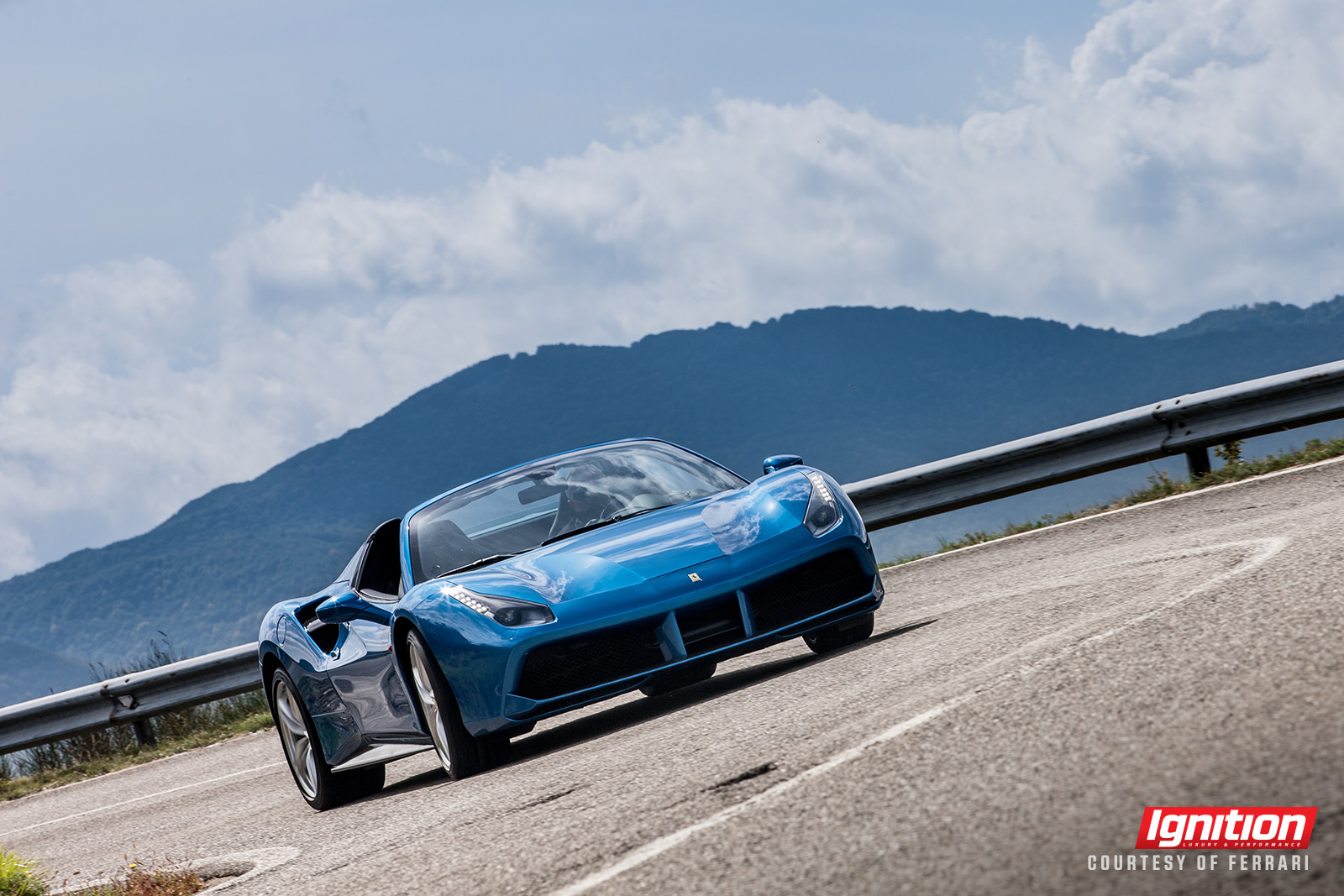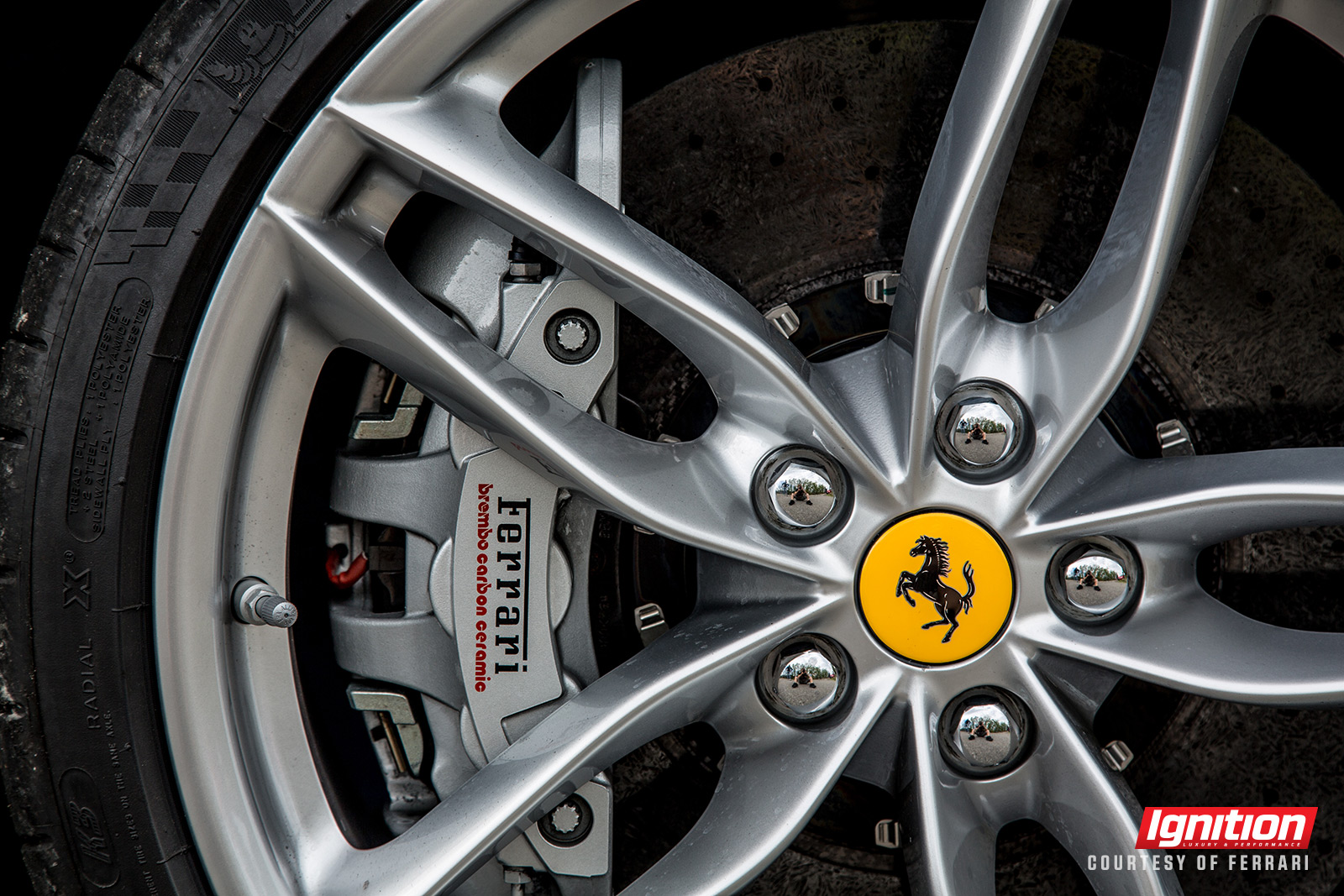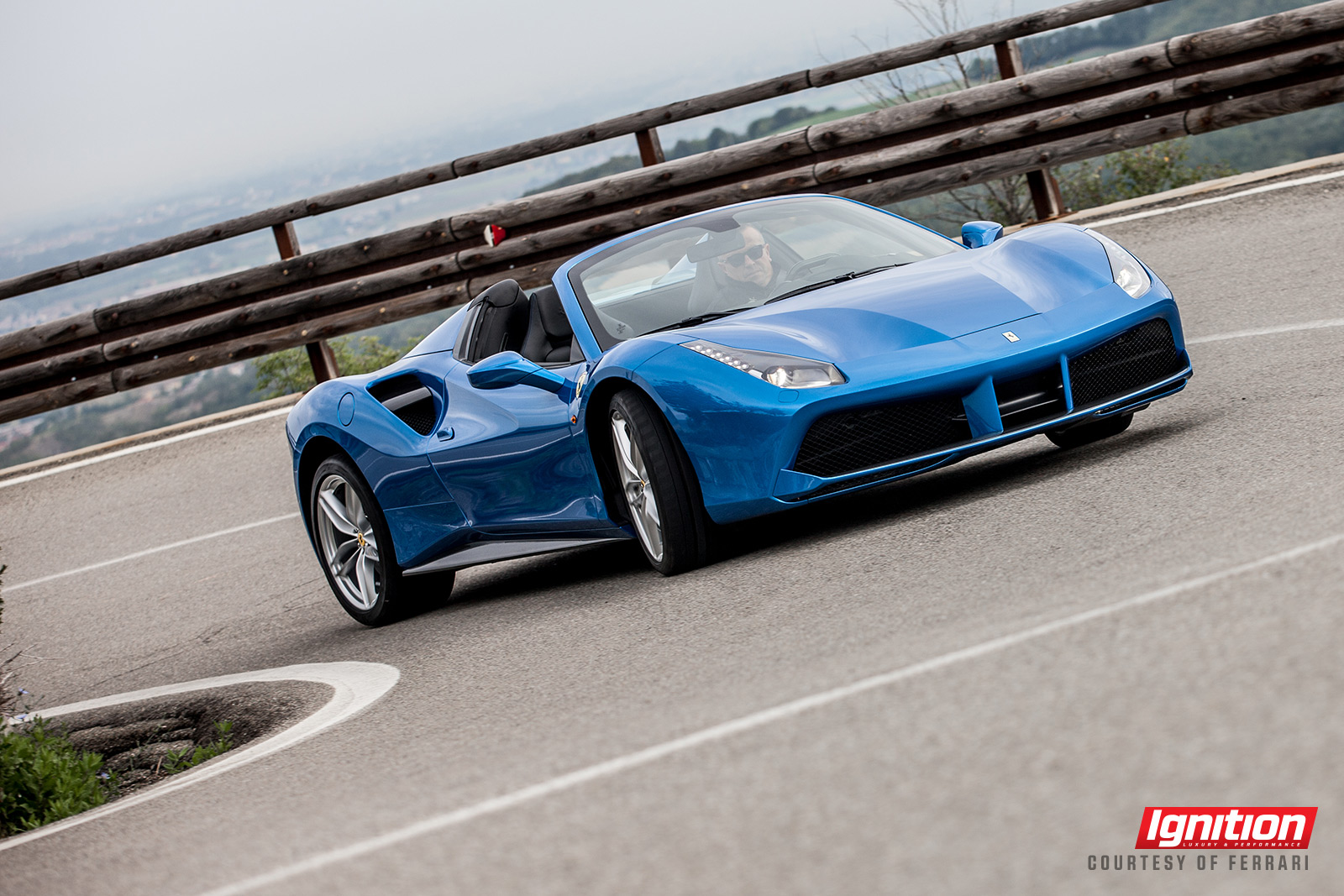
Under normal circumstances, attending a technical briefing for a wickedly fast sports car at a press event is beyond annoying. Reason being, the time spent in a technical briefing is time not spent behind the wheel. But during the launch of the 2016 Ferrari 488 Spider, the slide show by the engineers from Maranello was fascinating.
First, the depth of the explanation in how the new twin-turbocharged V8 alone works was profound. There were slides speaking to the five different elements of the turbochargers themselves – the twin scroll turbine, TiAL turbine wheel, tuned exhaust, ball bearing and abradable seal – that combined to create the unique response characteristics of the 488.
Speaking of these very characteristics, another handful of slides spoke to the speed with which the engine kicks in when called upon to do so. There were bar graphs comparing the 488 Spider to the naturally aspirated Ferrari California, the turbocharged California T and the unnamed best of the socalled competition. (Spoiler alert: The competitors did not fare well.)
Then, there was another slide I’ve never seen in any other technical presentation before; one that described the average power used while on track at Fiorano. This information showed how the maximum power of the 488’s twin-turbo engine came into play during test laps; with many engines on a tight circuit, including the naturally aspirated V8 of the car’s predecessor, maximum power is never achieved.
There were still more slides, ones that relayed how the exhaust system was developed, the individual parts of the system that were used and why they were used. (Long story short, they were used to give this turbocharged Ferrari an exhaust note worthy of Ferrari.) All told, there were 16 slides on the engine alone, a further 13 on vehicle dynamics, another five on aerodynamics and still another 18 on the overall product concept. What’s the point of all this?
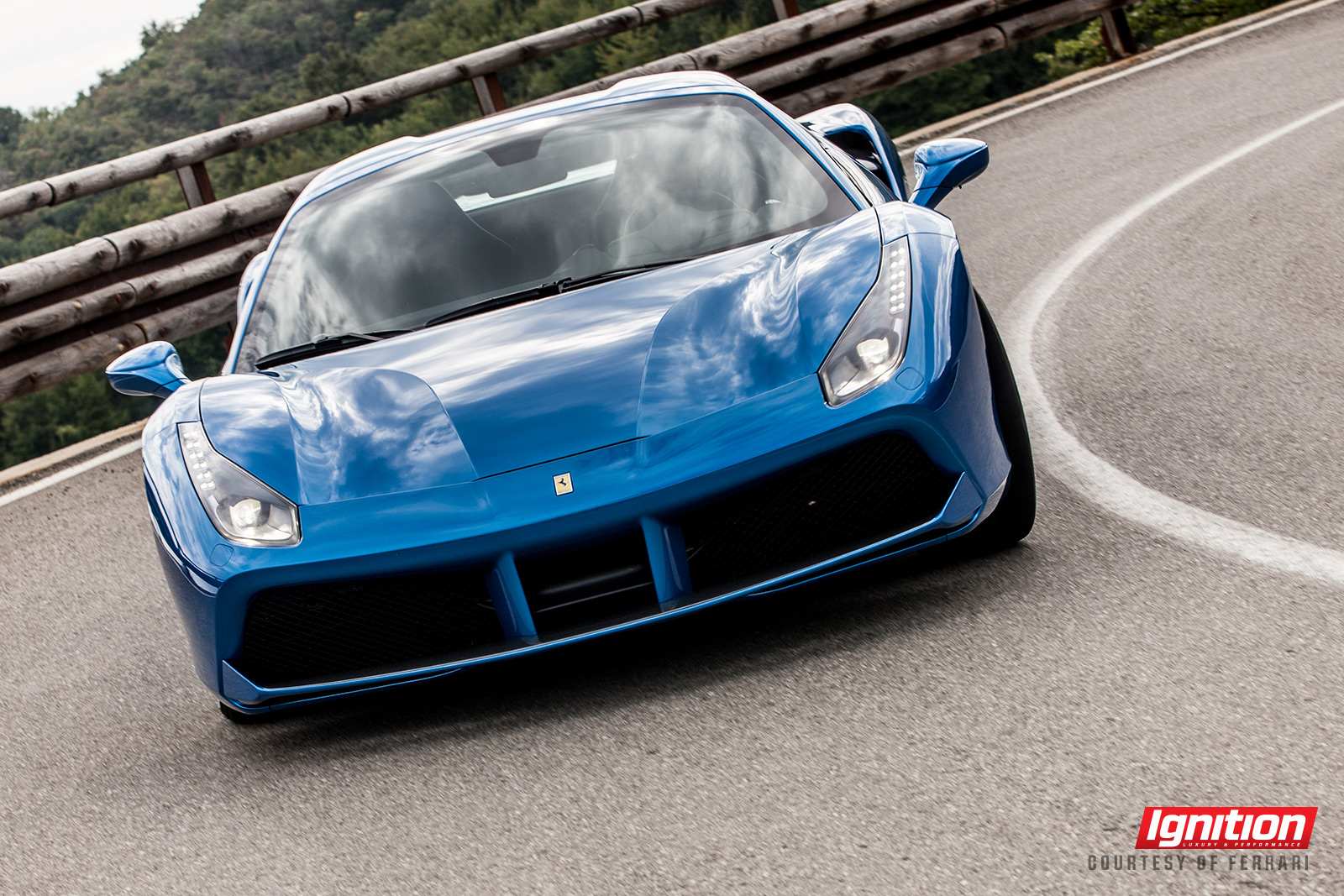

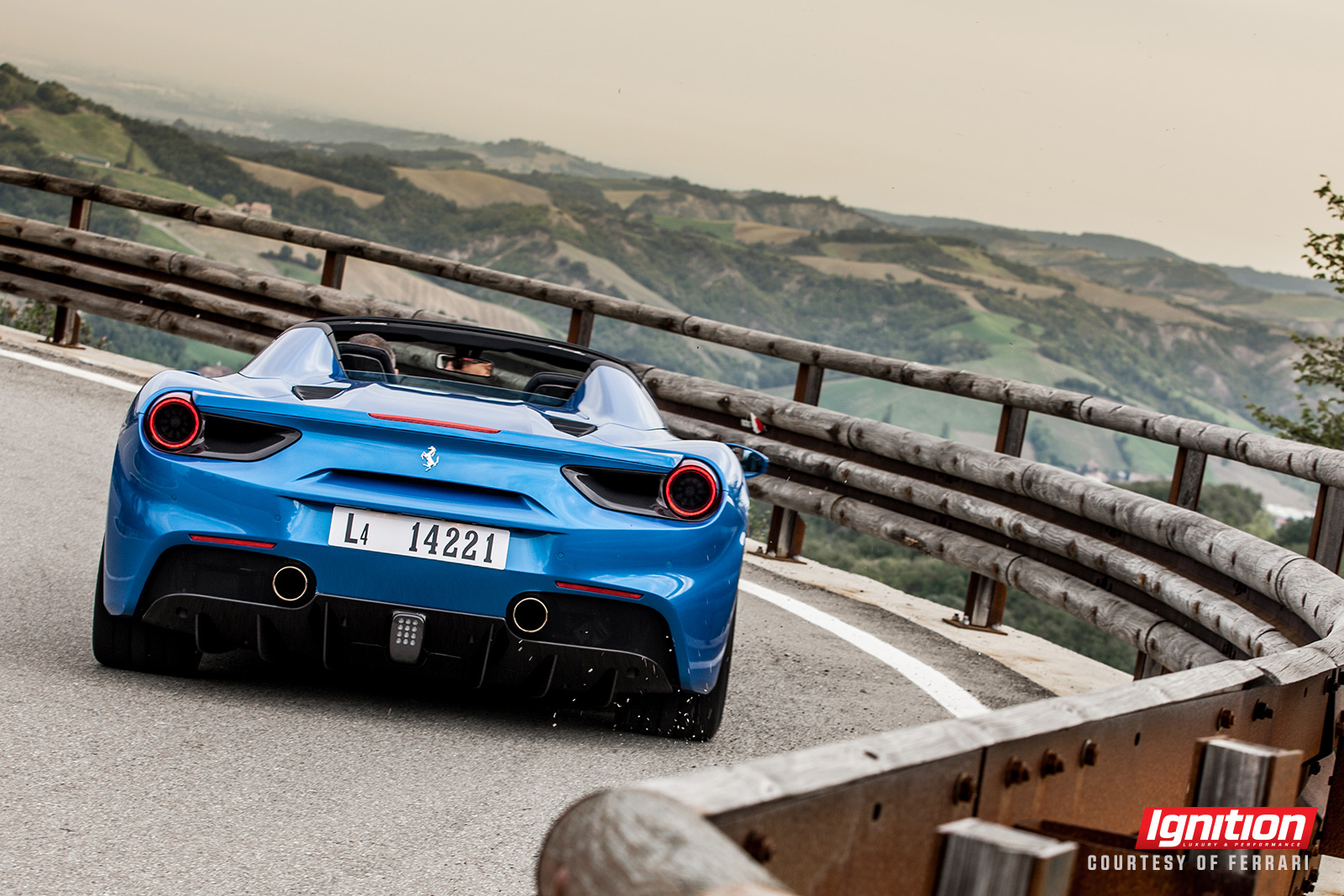
The point is this: No one outside of Ferrari could possibly have the same knowledge of how a car such as the 488 Spider works, why countless decisions were made during its development and which ideas were discarded during the process.
So, it might seem to be a relatively simple thing for an established tuner to look at the turbocharged engine in the Ferrari and decide that there are ways to boost the horsepower and torque. Maybe they would decide to use a different brand of turbocharger, maybe they would simply turn up the wick on the two that are already bolted to the 3.9-litre V8. But… at what cost?
If a tuner can figure out how to push this engine to develop an additional, say, 50 horsepower, my guess is that the engineers who developed the Ferrari already knew how to do the same. That additional 50 horsepower might have “gone missing” due to various development restraints, such as time and money.
More likely, as this is Ferrari we’re talking about, the extra 50 prancing horses were not included because they wouldn’t have added much to the driving experience. Keep in mind, here, that the 488 produces 661 hp, an increase of 100 markers over the Ferrari 458 it replaced; keep in mind, also, that the 458 is one of the best sports cars the world has ever seen.
As it stands, the 488 delivers a significant bump in performance over its immediate predecessor and it’s been engineered, from the ground up, to work as a complete package. The engine features a broad torque band and, as mentioned, a huge amount of power. The car is so quick and so animalistic in third gear at around 4,000 rpm, it feels like a shifter kart. The adaptive suspension system has been expertly tuned to make the 488 absorb serious bumps in the road, despite its low ride height. The aerodynamics are so advanced, it features a patented, blown rear spoiler and downforce levels close to those of the 488 coupe, but with less drag. Of course, the traction and stability control systems are also tuned to give the driver a sense of genuine fun within certain limits.
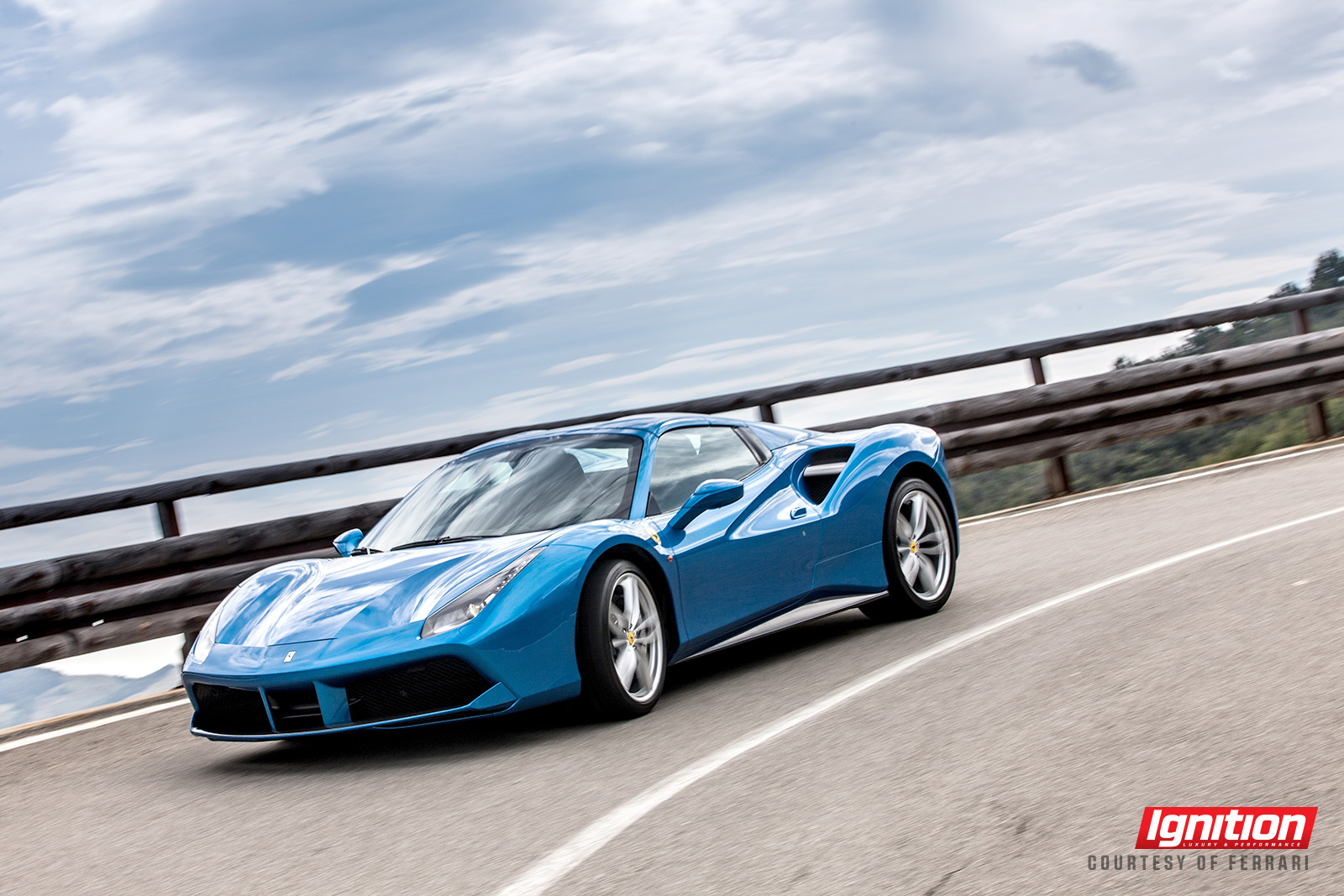
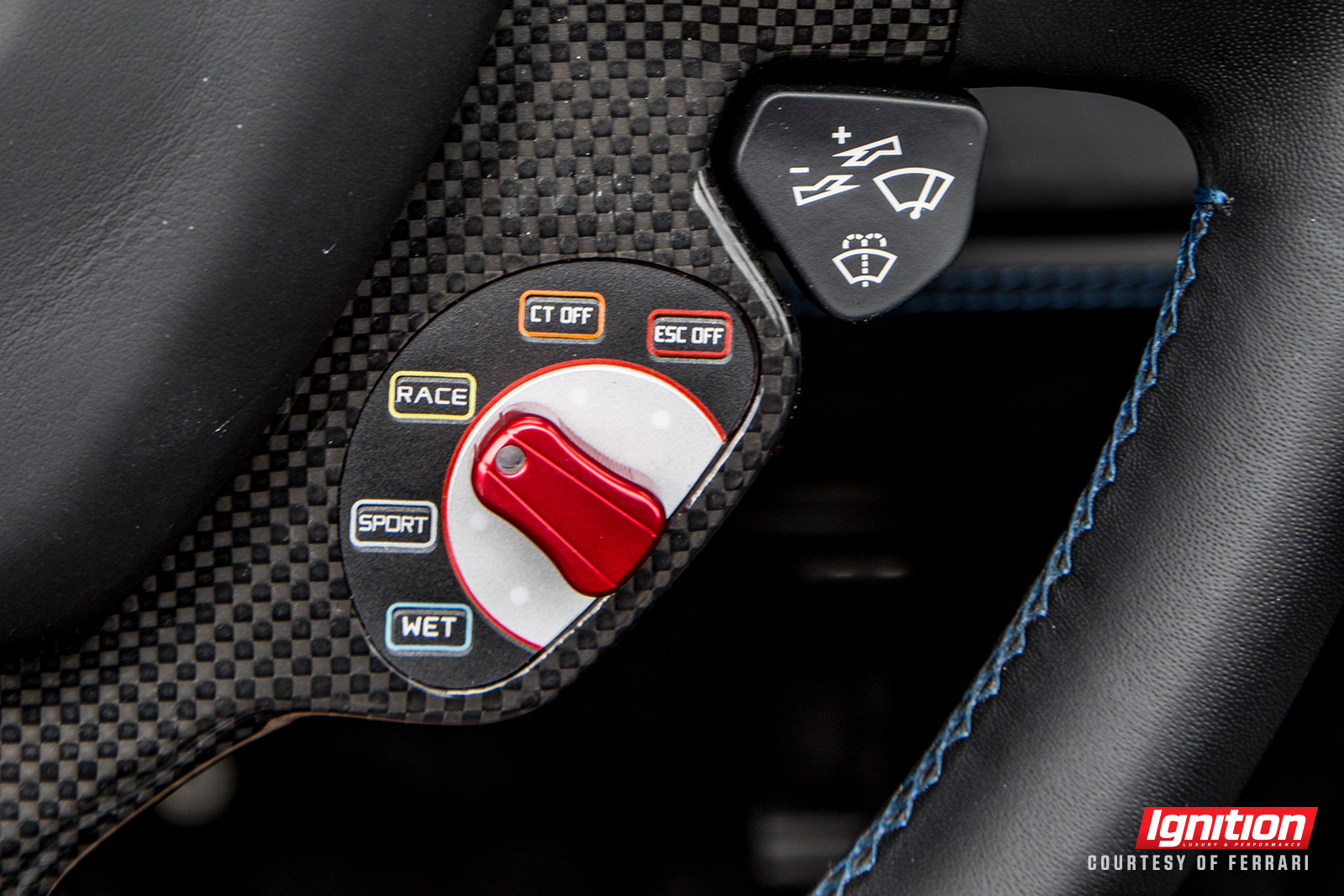
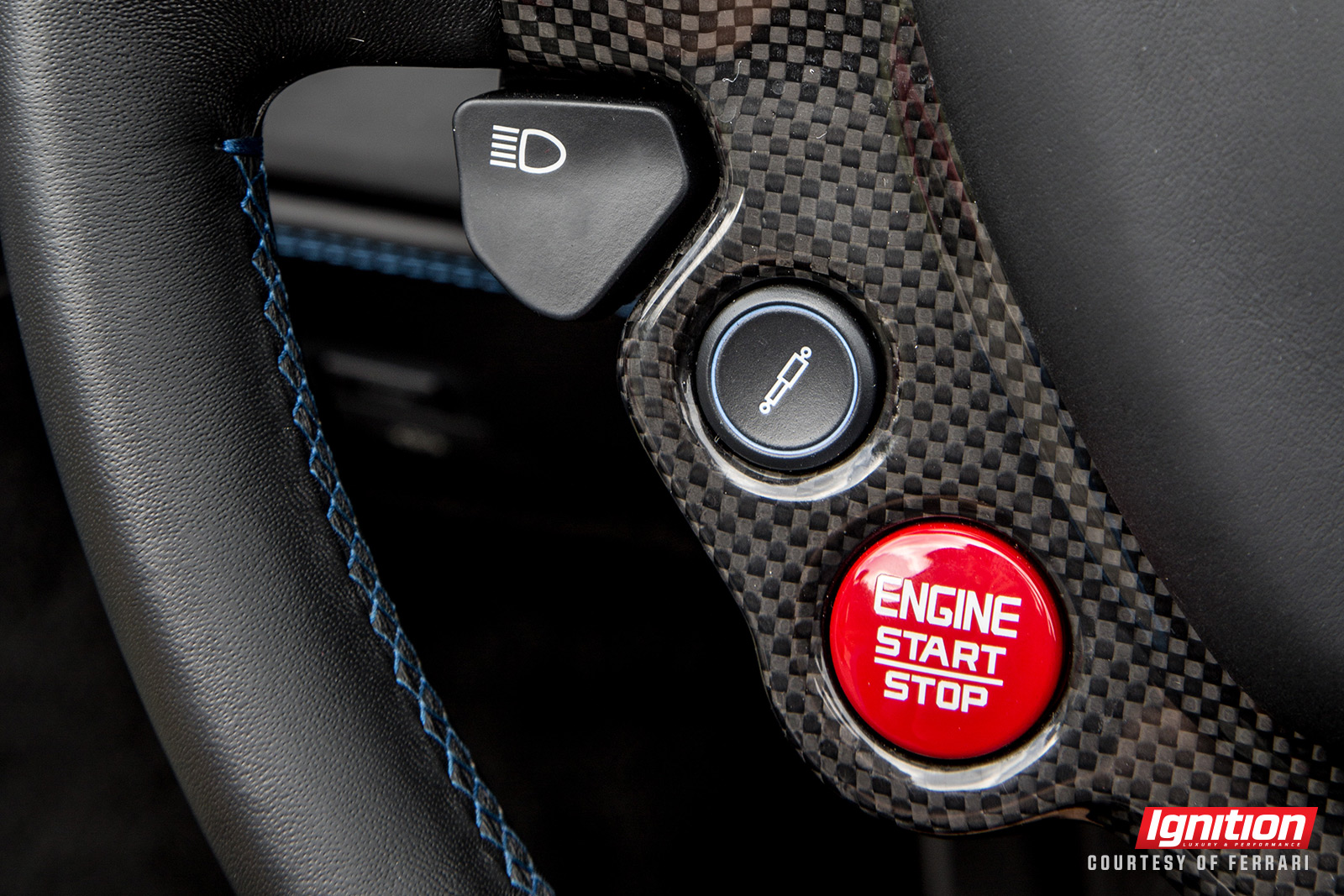

So, if you’re a tuner with a plan on how to extract 50 more horsepower from the engine, but you haven’t taken into account all the other aspects of the car that make it a tour de force, you’re missing the point entirely. The tires alone have been specifically designed to manage the performance characteristics of the car, something that is happening more and more with track-focused cars – witness the Cadillac CTS-V and the Ford Shelby GT350R Mustang.
The Ferrari offers tires from three different suppliers depending on the market, and each worked hand-in-hand with the engineers in Italy to make sure their compounds were up to the challenge. We've all seen so-called performance cars with big numbers look a lot less potent in less than ideal conditions. Some drivers will always want the cars with the highest horsepower figure; real drivers will always want the cars with big horsepower figures and real-world performance capabilities.
No doubt, there are some very smart engineers working in the top tuning companies; but would even the best of the best believe they’re better than an engineer working at the factory for, say, Ferrari or Porsche or Pagani? For the cars that are among the very best right from the start, it would be difficult to imagine an aftermarket tuner could offer much in the way of improvement. Unless, of course, you’re looking for the highest horsepower figure.
